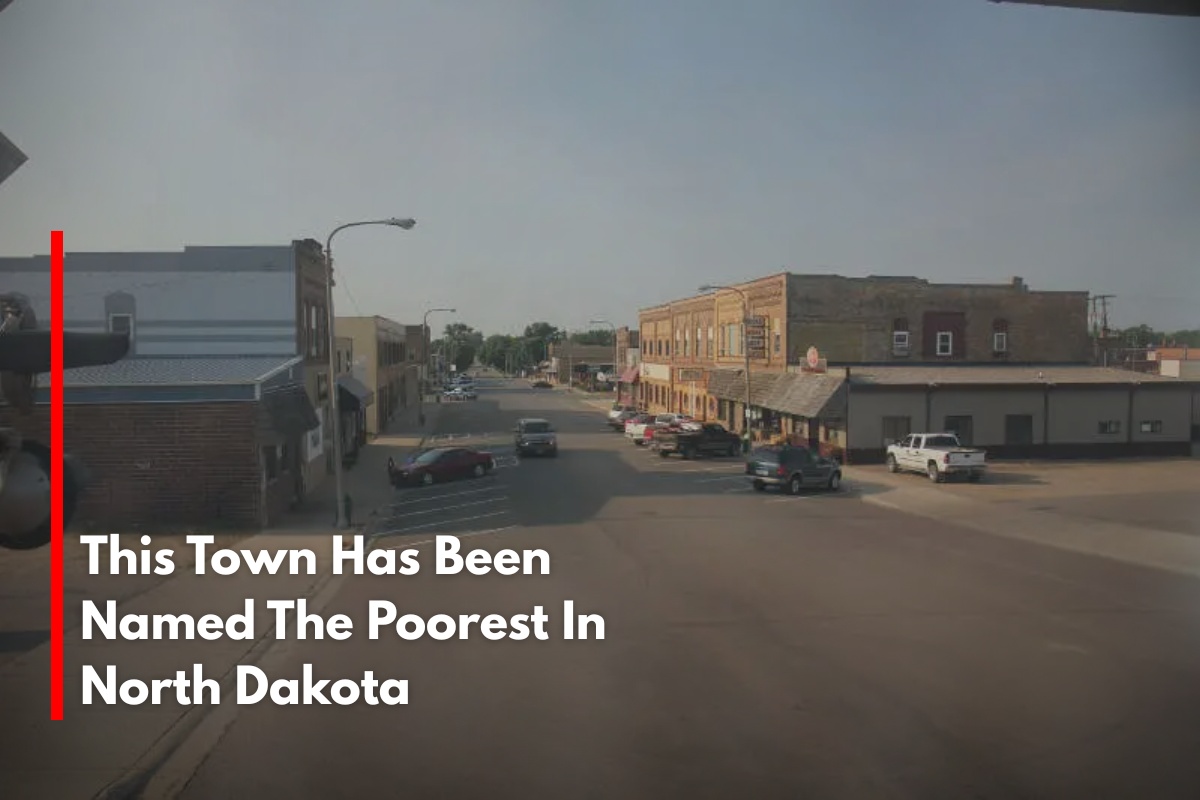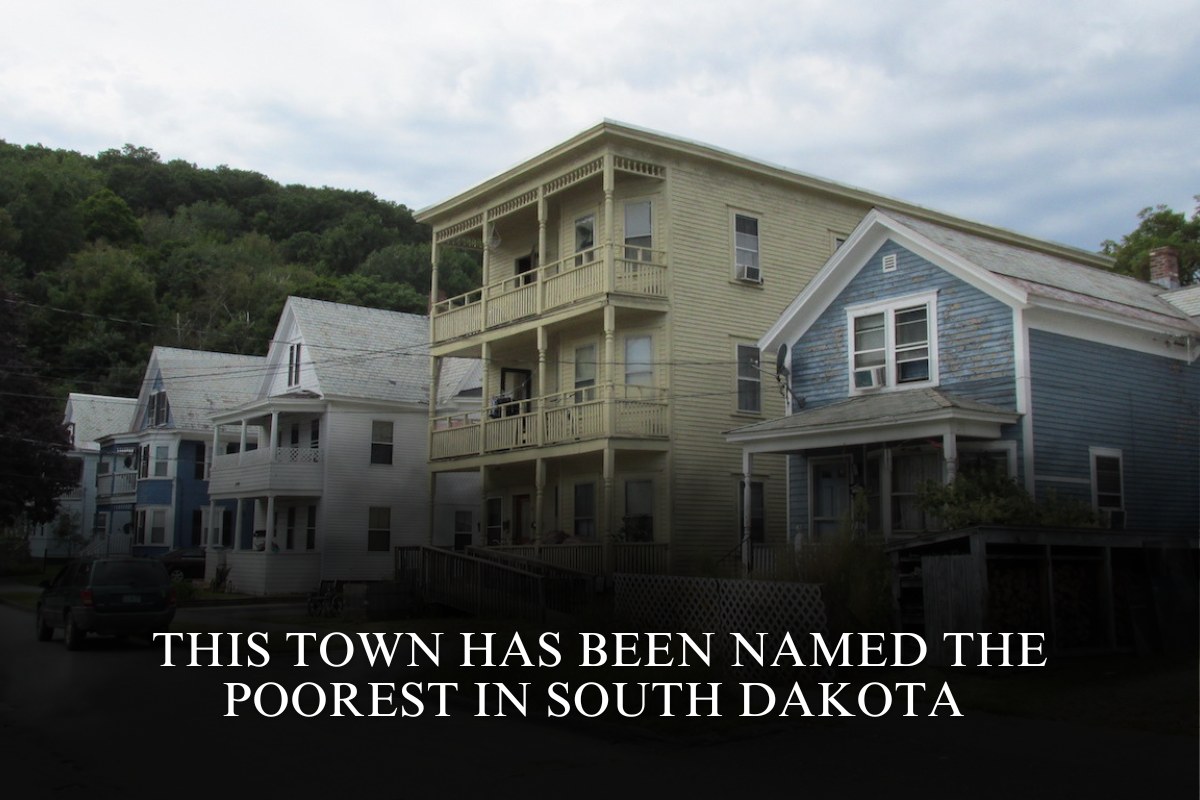North Dakota is widely known for its economic growth and relatively low unemployment rates, but some areas within the state still face significant economic challenges. One town, in particular, has been officially named the poorest in North Dakota according to recent studies. This article explores the reasons behind this designation, key statistics about the town, and what it means for its residents.
New Rockford: North Dakota’s Poorest Town
The town of New Rockford has been identified as the poorest town in North Dakota based on household income and poverty metrics. Located in Eddy County, New Rockford is a small community with a population of just over 1,300 people. Despite its tight-knit feel and natural close community ties, the town faces considerable economic hardships that set it apart in the state.
Economic Statistics That Define the Struggles
Recent data shows that the typical household income in New Rockford is approximately $35,595 a year, substantially lower than North Dakota’s median household income, which is roughly $68,000. This significant income disparity places New Rockford at a financial disadvantage compared to other towns and cities in the state.
Additionally, about 17.2% of households in New Rockford receive Supplemental Nutrition Assistance Program (SNAP) benefits, which is nearly three times higher than the state average of 6.4%. This indicates a reliance on government assistance programs to meet basic needs.
Housing costs further illustrate New Rockford’s economic difficulties. The median home value in the town is around $88,000, less than half the average home value throughout North Dakota, which is approximately $209,000. While housing prices are lower, this often correlates with other challenges such as limited job opportunities and reduced local investment.
Factors Contributing to Economic Hardship
Several factors contribute to New Rockford’s status as the poorest town in the state:
Limited Job Market: Being a small town, employment options are fewer, with many residents working in low-wage or seasonal jobs.
Population Decline: Smaller towns in rural areas often face declining populations, which decreases the economic base and tax revenues.
Access to Services: Residents may face challenges in access to healthcare, education, and other essential services, further impacting quality of life and economic stability.
Community Strength Despite Challenges
Despite economic hardships, New Rockford remains a community rich in culture, history, and tradition. The town’s residents often rally together to support one another through community events, local initiatives, and shared commitment to making New Rockford a better place to live.
Local leaders continue to explore ways to stimulate economic growth, including attracting small businesses, enhancing education, and improving infrastructure to encourage new residents and investments.
Looking Ahead: Hope for Renewal
Though the statistics paint a challenging picture, there is cautious optimism for the future of New Rockford. Efforts from both public and private sectors aim to revitalize the town, with the hope that new opportunities will emerge to improve the economic well-being of its residents.
Summary Table:
| Statistic | New Rockford | North Dakota Average |
|---|---|---|
| Population | ~1,300 | Over 760,000 |
| Median Household Income | $35,595 | $68,000 |
| SNAP Benefits | 17.2% | 6.4% |
| Median Home Value | $88,000 | $209,000 |
New Rockford stands as the poorest town in North Dakota, reflecting the ongoing economic disparities within the state. While facing challenges such as low income and high dependence on assistance, the town’s resilient community and ongoing development efforts provide hope for a more prosperous future.
Sources
(https://hot975fm.com/10-poorest-cities-in-north-dakota-for-2024/)
(https://keyzradio.com/new-report-says-this-is-the-poorest-town-in-north-dakota/)
(https://stacker.com/stories/north-dakota/cities-north-dakota-most-living-poverty)
(https://en.wikipedia.org/wiki/List_of_North_Dakota_locations_by_per_capita_income)
(https://hdpulse.nimhd.nih.gov/data-portal/_social/poverty/table?demo=00008&statefips=38)











